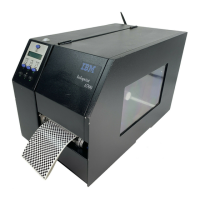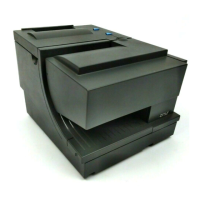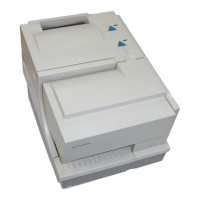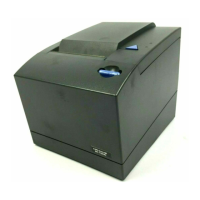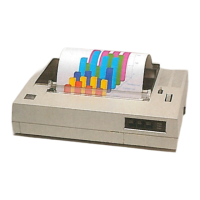Glossary
code page. (1) A resource object containing
descriptive information, graphic character identifiers,
and code points corresponding to a coded graphic
character set. Graphic characters have been added
over time; therefore, to specifically identify a code
page, both a GCSGID and a CPGID should be used.
See also coded graphic character set. (2) A set of
assignments, each of which assigns a code point to a
character. Each code page has a unique name or
identifier. Within a given code page, a code point is
assigned to one character. More than one character
set can be assigned code points from the same code
page. See also code point and section.
Code Page Global Identifier (CPGID). A unique code
page identifier that can be expressed as either a
two-byte binary or a five-digit decimal value.
code point. A unique bit pattern that can serve as an
element of a code page or a site in a code table, to
which a character can be assigned. The element is
associated with a binary value. The assignment of a
character to an element of a code page determines
the binary value that will be used to represent each
occurrence of the character in a character string.
Code points are one or more bytes long. See also
code table and section.
code table. A table showing the character allocated
to each code point in a code. See also code page and
code point.
color attribute. An attribute that affects the color
values provided in a graphics primitive, a text control
sequence, or an IPDS command. Examples of color
attributes are foreground color and background color.
color image. Images whose image data elements are
represented by multiple bits or whose image data
element values are mapped to color values.
Constructs that map image-data-element values to
color values are look-up tables and
image-data-element structure parameters. Examples
of color values are screen color values for displays
and color toner values for printers.
color of medium. The color of a presentation space
before any data is added to it. Synonymous with
reset color.
colum n. In FD:OCA, a subarray consisting of all
elements that have an identical position within the
low dimension of a regular two-dimensional array.
command. (1) In the IPDS architecture, a structured
field sent from a host to a printer. (2) In GOCA, a
data-stream construct used to communicate from the
controlling environment to the drawing process. The
command introducer is environment dependent.
(3) A request for system action.
command set. A collection of IPDS commands.
command-set vector. Information that identifies an
IPDS command set and data level supported by a
printer. Command-set vectors are returned with an
Acknowledge Reply to an IPDS Sense Type and Model
command.
comp ression algorithm. An algorithm used to
compress image data. Compression of image data
can decrease the volume of data required to
represent an image.
construct. An architected set of data such as a
structured field or a triplet.
continuous-form media. Connected sheets. An
example of connected sheets is sheets of paper
connected by a perforated tear strip. Contrast with
cut-sheet media.
control character. (1) A character that denotes the
start, modification, or end of a control function. A
control character can be recorded for use in a
subsequent action, and it can have a graphic
representation. See also character. (2) A control
function the coded representation of which consists of
a single code point.
controlled white space. White space caused by
execution of a control sequence. See also white
space.
control sequence. A sequence of bytes that specifies
a control function. A control sequence consists of a
control sequence introducer and zero or more
parameters.
control sequence chaining. A method used to identify
a sequential string of control sequences so they can
be processed efficiently.
control sequence introducer. The information at the
beginning of a control sequence. An unchained
control sequence introducer consists of a control
sequence prefix, a class, a length, and a function type.
A chained control sequence introducer consists of a
length and a function type.
coordinate system. A Cartesian coordinate system.
An example is the image coordinate system that uses
the fourth quadrant with positive values for the Y
axis. The origin is the upper left-hand corner of the
fourth quadrant. A pair of (x,y) values corresponds to
one image point. Each image point is described by an
image data element. See also character coordinate
system.
coordinates. A pair of values that specify a position
in a coordinate space. See also absolute coordinate
and relative coordinate.
copy control. A method used to specify the number
of copies for a presentation space and the
modifications to be made to each copy.
Glossary of Abbreviations and Definitions 201
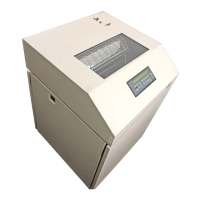
